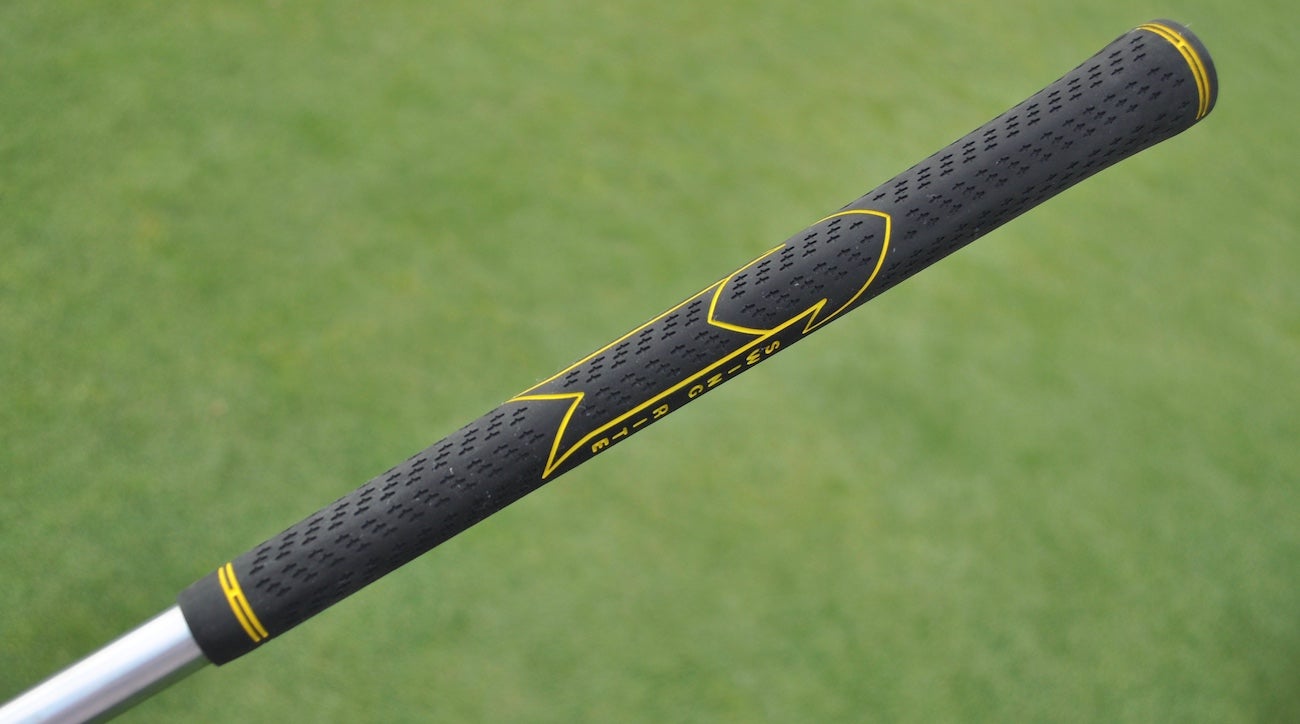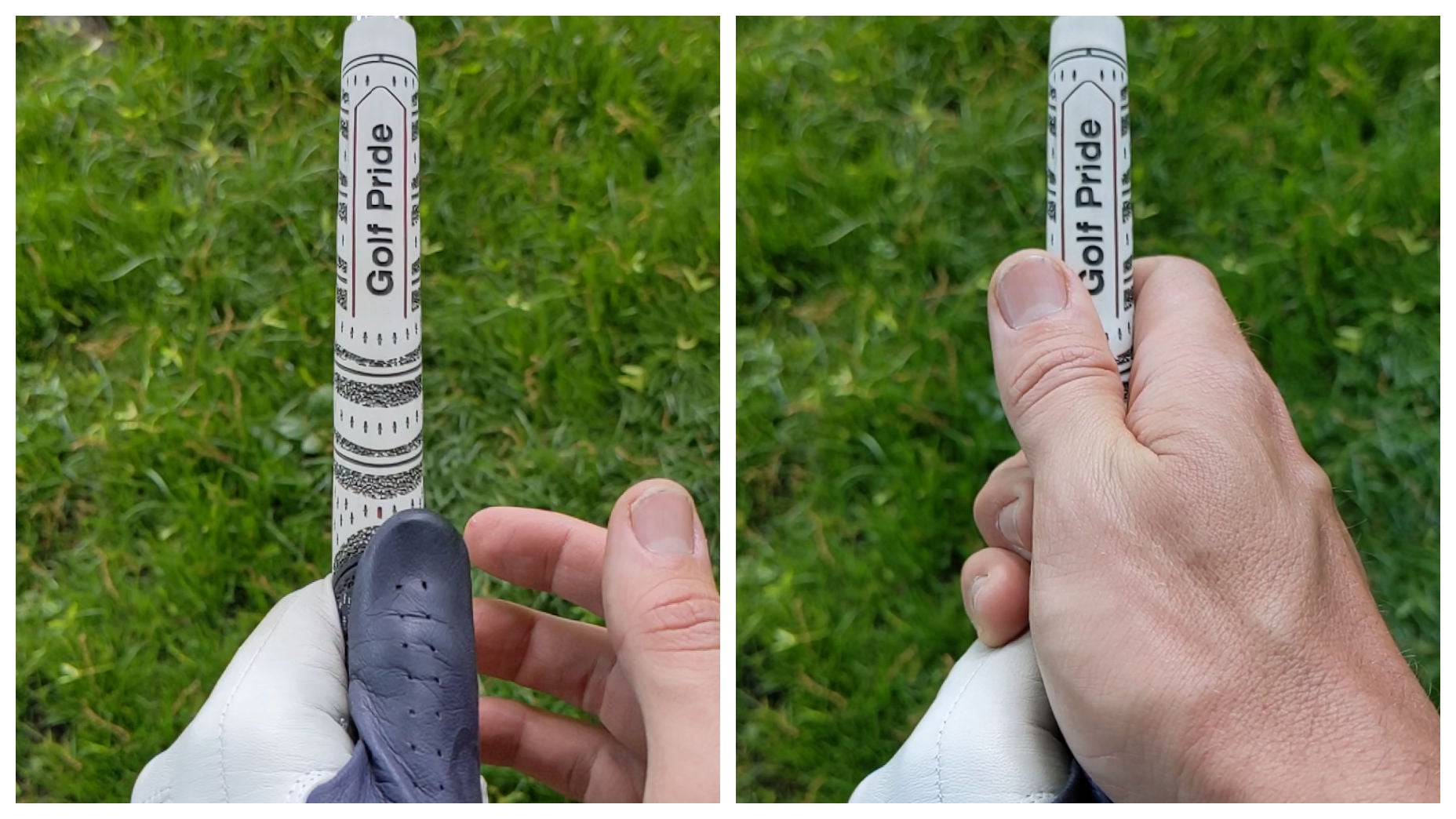Pay attention to this 1 aspect when searching for new golf grips

The size of the golf grip can have a significant impact on your swing. Seriously.
Getty Images
So you’ve started to notice that your golf grips are showing some wear. There are tricks you can try to extend the life of the rubber compound, but sooner or later there’s going to come a time when you need to spring for fresh handles.
Grips are relatively inexpensive compared to a set of clubs — prices usually range from $5 to $12 per grip — and currently come in new colors and designs that should add some excitement to the search. Of course, you can always stick with your current grip of choice if you don’t want to mix it up.
Either way, there’s one aspect that you should keep in mind before you make a purchase: grip diameter. It’s arguably the most overlooked aspect when it comes to the golf grip. In reality, even the most advanced grip can affect your swing if it’s over or undersized.
If your hands are on the larger side and you’re playing a standard size grip, the small muscles in the hands have to work harder during the swing. The additional movement can cause you too get handsy and release the club too quickly at impact, negatively impacting turf interaction, consistency and shot dispersion. You’re also more prone to hook the ball if the grip is too small.
A grip on the larger end of the spectrum will engage the larger muscles and take the hands out of the equation. You should expect the hands to slow down and rotate less during the swing — although that might not be the case for every golfer — reducing your ability to square the face up at impact. If you’re already slicing the ball, an ill-fitting jumbo grip will magnify your miss.
It’s important to note there are exceptions to every rule. If you hook the ball, it might be worth testing a larger grip to see if it can help straighten out your shot shape. That being said, make sure you consult a certified club-fitter before testing different grip diameters.

So how do you determine if your grip is right for your hands? Observing your glove size is a good place to start. For those wearing a small, women’s medium or junior glove, an undersized grip with a smaller diameter will likely be a good option. Medium-sized gloves would typically fit in the standard size range; large and extra-large are better off starting in the midsize to oversized category.
If you still feel like something is off, take your normal grip in your top hand — that would be the left hand for a right-handed golfer — and see how your longest fingertip interacts with the edge of your thumb pad. If you notice the finger is digging into the pad, it likely means your grip is too small. A large gap could mean your grip is too big.
These days, every manufacturer from Golf Pride and Lamkin to JumboMax and SuperStroke offers a wide range of sizes to fit every hand size. But if the grip doesn’t fit like a glove, consider adding tape wraps underneath the rubber to alter the size.
Finding the proper grip size is one way to keep your swing on track and ensure you aren’t implementing any bad habits you’ll have to correct down the road.











